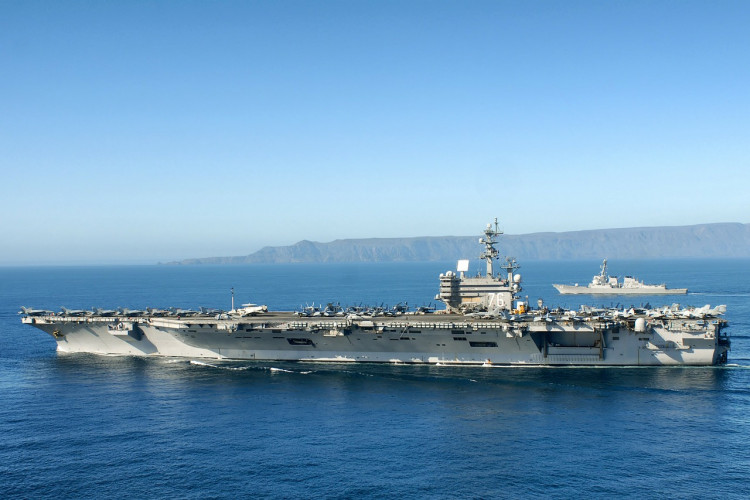In a somber turn of events, the US Central Command has announced the tragic loss of two US Navy SEALs who had been missing off the coast of Somalia since January 11. After an extensive 10-day search covering over 21,000 square miles, their status has been officially changed to deceased.
The sailors, part of a critical operation targeting illicit Iranian weapons, encountered a life-threatening situation while boarding a vessel in the volatile waters. According to reports from CNN, the first SEAL fell into the water amid eight-foot swells, prompting the second to follow in a rescue attempt, adhering to protocol.
US Central Command expressed deep regret over the outcome of the search. "We mourn the loss of our two Naval Special Warfare warriors, and we will forever honor their sacrifice and example," stated Gen. Michael Erik Kurilla, US CENTCOM commander.
Defense Secretary Lloyd Austin also conveyed his condolences, stating, "We mourn the loss of our two brave Navy SEALs, and our hearts are with their families. The entire Department is united in sorrow today. We are grateful to all who worked tirelessly to try to find and rescue them."
The incident underscores the persistent challenges faced by US forces in Somalia. The US maintains a small military presence in the country, primarily focused on combating the threat posed by al-Shabaab, an extremist Islamist group recognized as a terrorist organization by the US. Al-Shabaab has conducted numerous attacks against the Somali government and has been deemed a significant threat to US security interests by US Africa Command.
The SEALs' mission was part of broader efforts to train Somali forces and coordinate strikes against al-Shabaab. Somalia's strategic location, bordering the Gulf of Aden, the Guardafui Channel, and the Indian Ocean, makes it a critical area for maritime security operations.
The tragic loss of these SEALs highlights the dangers faced by US Special Operations forces in executing their duties, often under perilous conditions. The joint efforts in the search operation included assistance from Japan and Spain, as well as support from various US institutions such as the Fleet Numerical Meteorology and Oceanography Center, the US Coast Guard Atlantic Area Command, the Scripps Institution of Oceanography at the University of California, San Diego, and the Office of Naval Research's Oceanographic Support wing.
As the mission transitions from search and rescue to recovery, the US military community, along with the nation, mourns the loss of these courageous SEALs. Their sacrifice, a stark reminder of the perils faced in safeguarding national and international security, will not be forgotten. The US Central Command, out of respect for their families, has withheld further details at this time.






